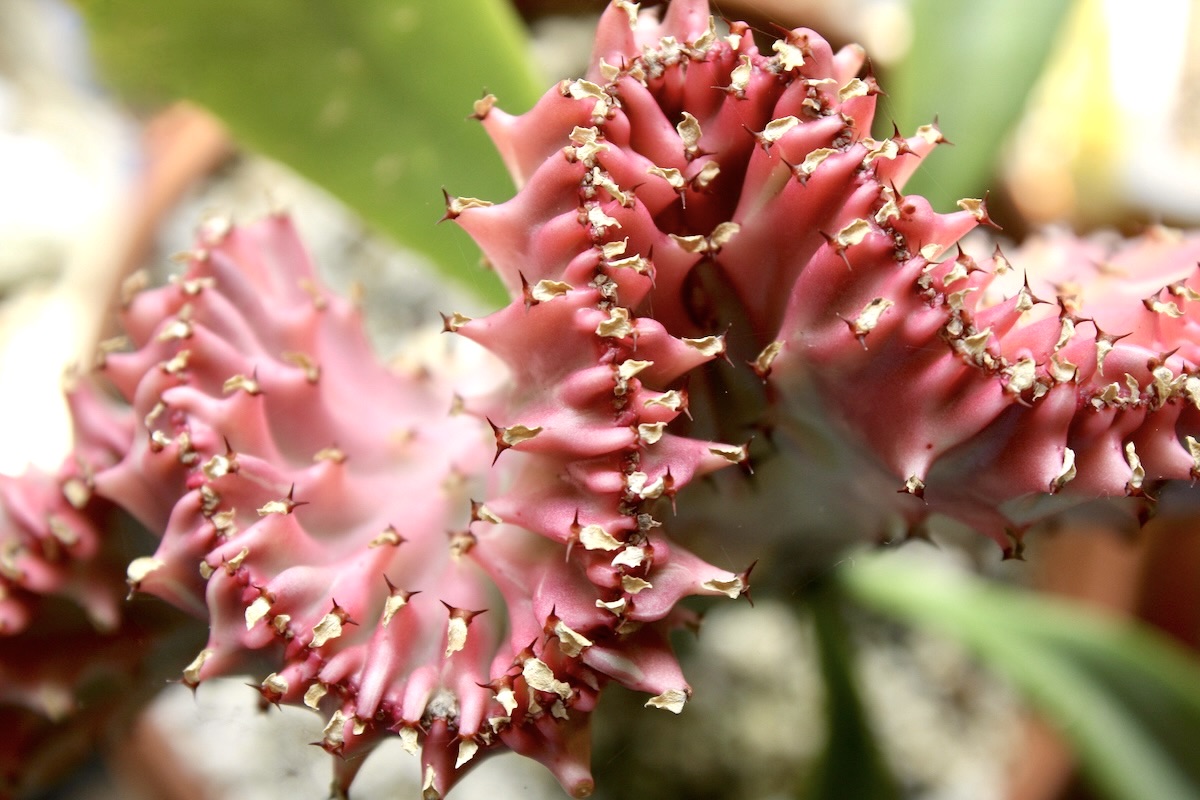
Crested and Monstrose Succulents with Normals
I'm proud to present to you the only YouTube video and Gallery showing both normal and crested succulents side-by-side---nearly 90 different kinds!
Succulents are unusual in the plant kingdom in that numerous varieties will grow convoluted, twisted, or puckered forms called crests. These look gathered like a waistband or a drawstring purse, and follow curved or serpentine lines. No two are exactly alike---and no succulent collection is complete without a few!
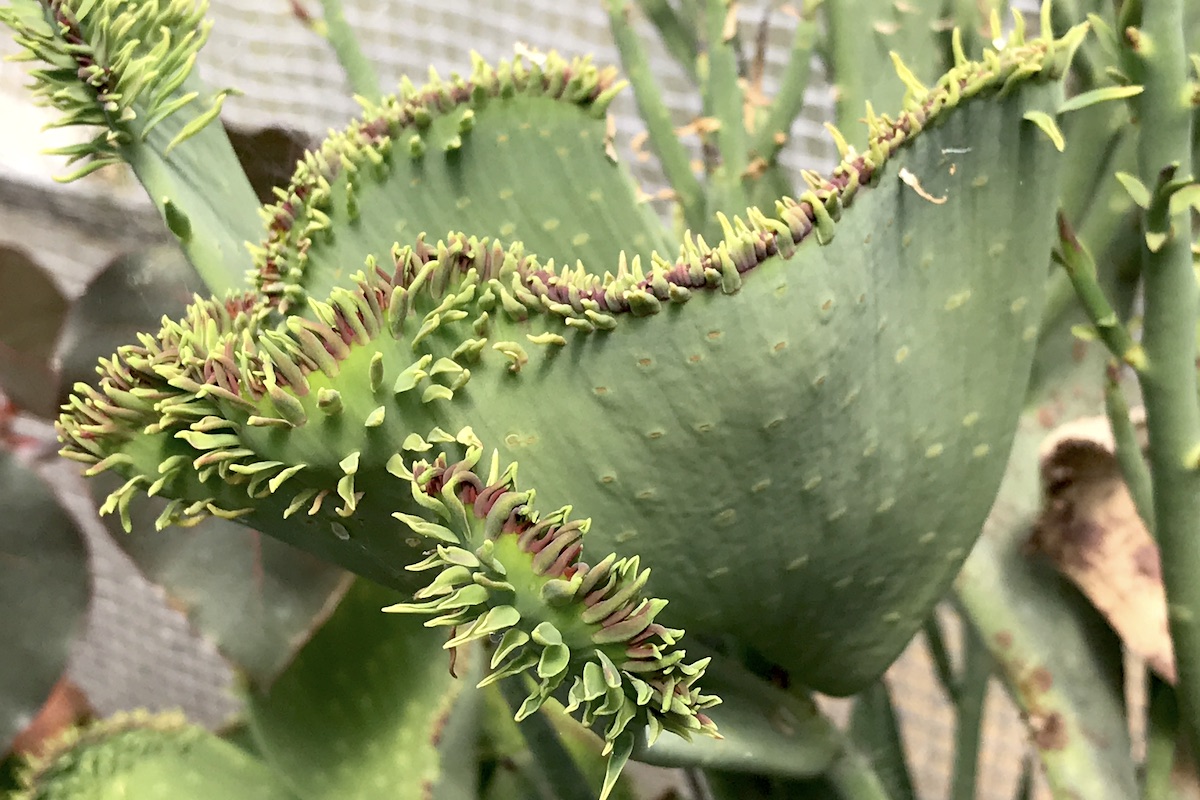
Euphorbia mauritanica crest, fasciated. Collection of Tina Zucker
Monstrose is the term for growth that is erratic, lumpy or bizarre (rather than bunching up along a line like a crest). Succulents may exhibit both crested and monstrose growth simultaneously.
Fasciation is when growth cells flatten and form what looks like a fan. These are typically fringed with leaves or spines that are smaller and more crowded than those on the normal plant.
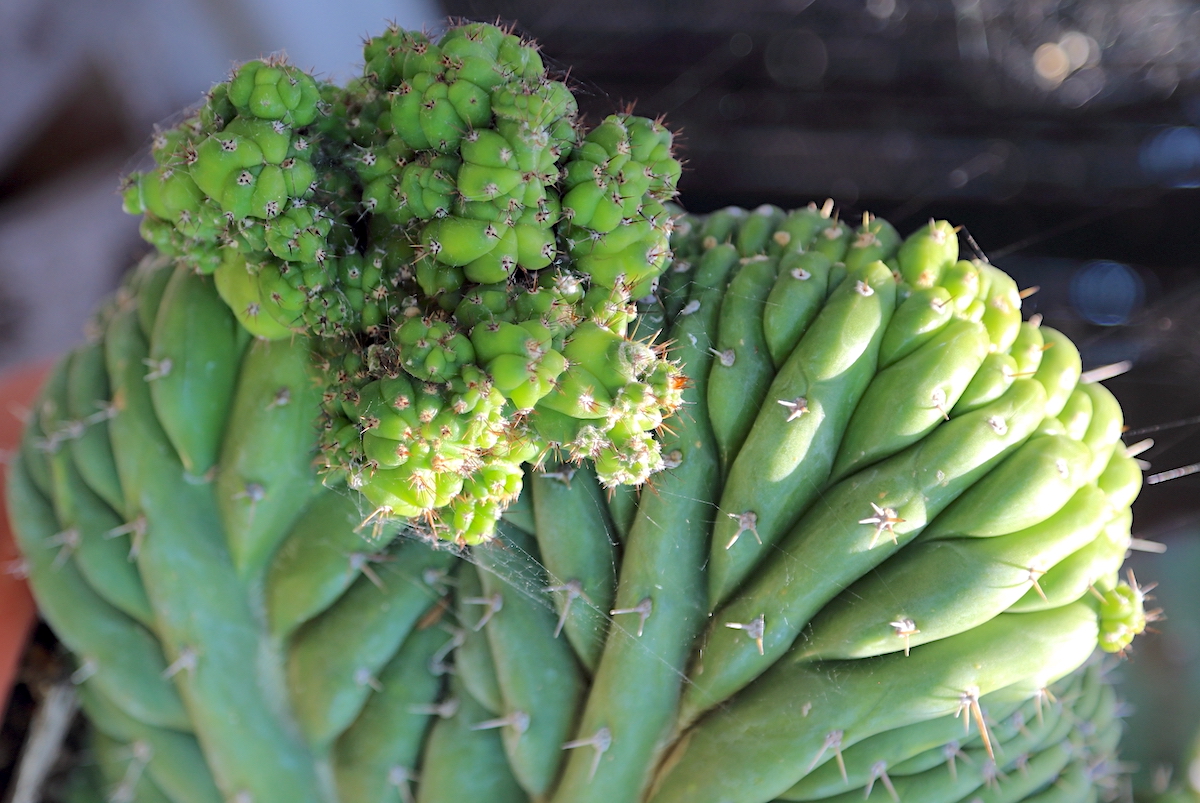
Crested echinopsis with monstrose growth. Collection of Tony Krock
It’s fun to spot a crest. You can’t help but wonder: How and why did it happen? Actually, no one knows for sure what causes tissues to convolute. But what is known, is that rather than having a single growth point, cells have multiplied and crowded together.
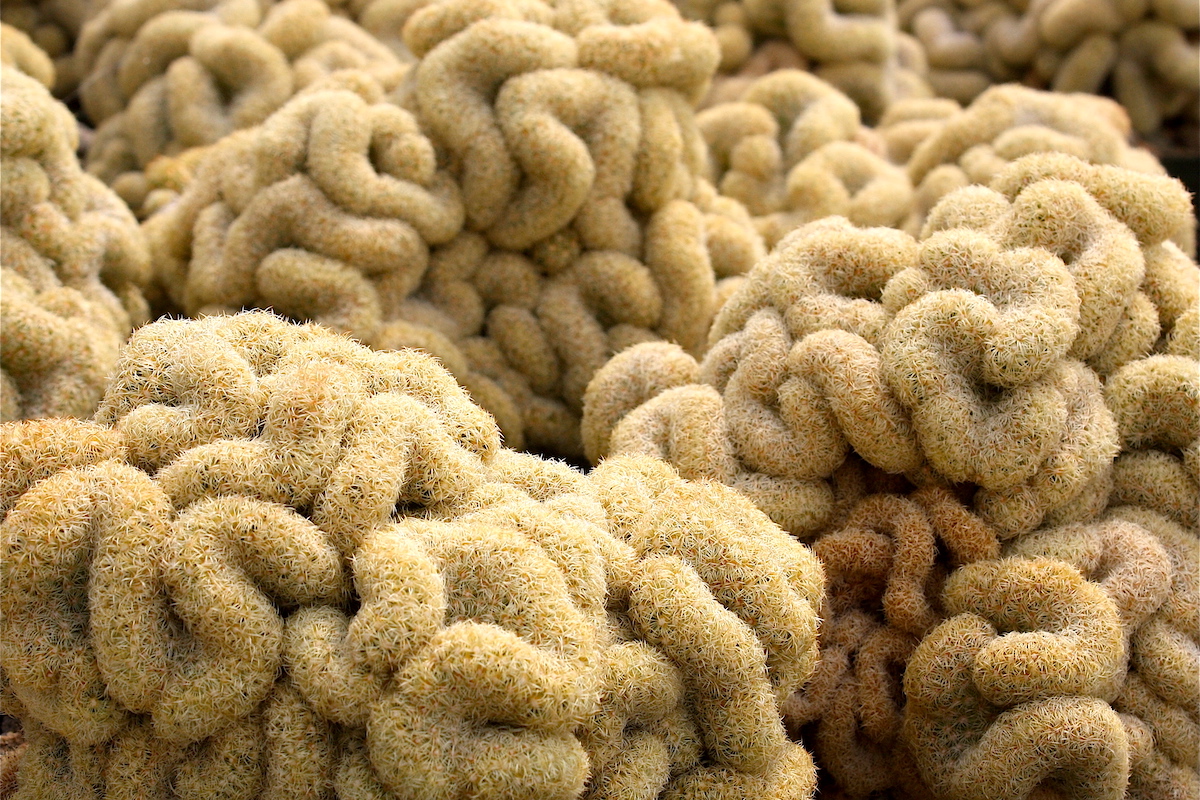
Mammillaria elongata cristata. No surprise, its common name is "brain cactus."
Much of the appeal of crested and monstrose succulents is how they suggest geologic formations, undersea plants, animals, and even body parts.

Cleistocactus aureispina crested at left. Normal growth at right
When cresting or monstrose formations happen in nature, they eventually get overwhelmed by normal, more vigorous growth. Collectors remove reverted stems so the energy of the plant goes into the crest. Some will keep both because they find the combination interesting. Personally, I like seeing some normal growth with a crest because it helps me ID the plant.
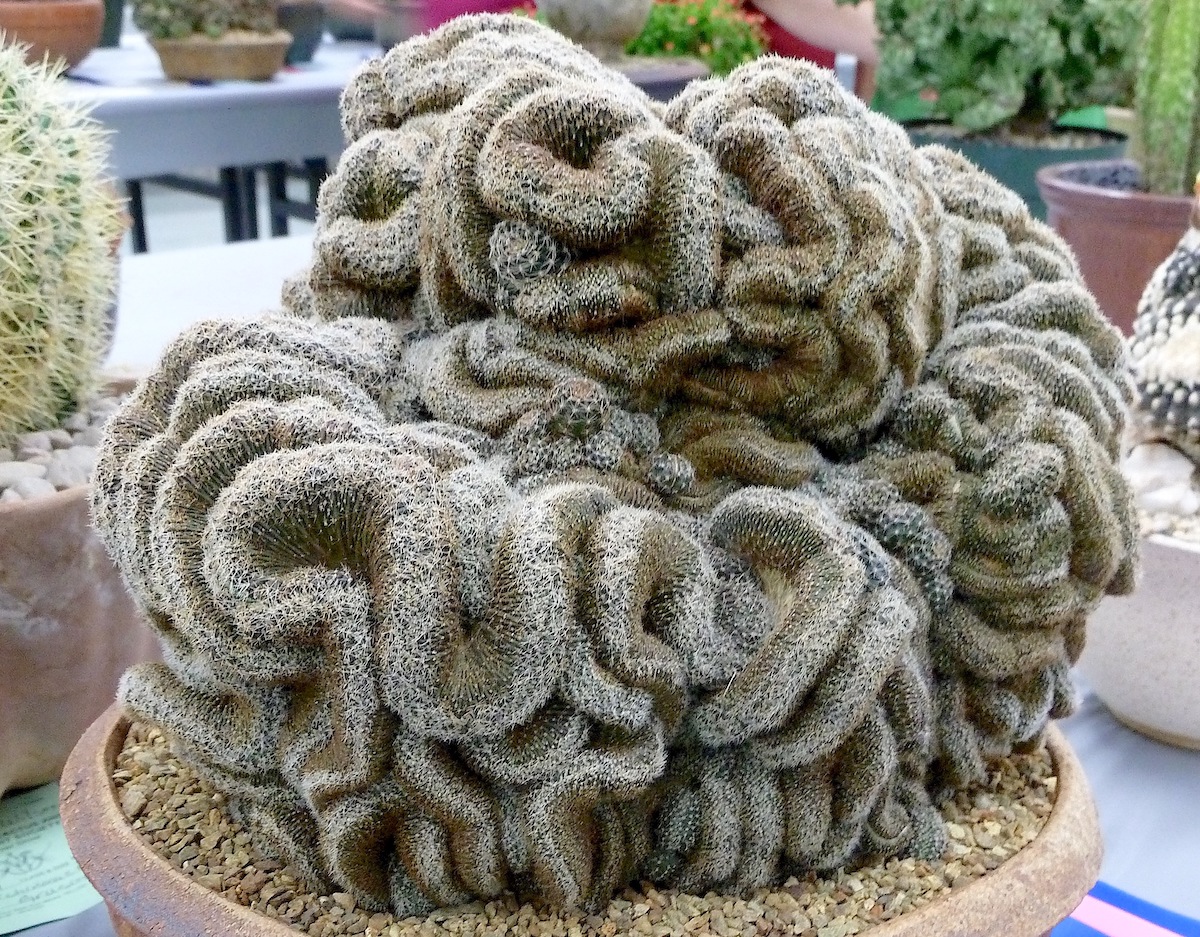
Do you see reverted growth on this Echinopsis densispina albolanata (Lobivia densispina) cristata? Look for small spheres the crested growth has nearly engulfed, at center and elsewhere.
Due to demand, crested succulents are becoming common in nurseries. Most are easily propagated from cuttings, but it does mean sacrificing a plant or causing one to be deformed or scarred. Crested tissue is capricious, and not all cuttings root, and those that do can be very slow growing.
To get crests to grow more rapidly, propagators graft cuttings onto a hardy rootstock that pumps energy and nutrients into weaker top growth. The downside is that crests eventually outgrow their grafts, which then must be redone.
Care of crested and monstrose succulents
In general, give crested and monstrose succulents the same growing conditions as the normal version of the plant, but do keep these cautions in mind:
Water: Take care not to overwater a crested or monstrose succulent, or expose it to excessive sunlight. The plants tend to be more vulnerable to rot and sunburn than their normal counterparts.
Expect slow growth: Crests in colors other than green or that are streaked cream or white tend to be less vigorous than their all-green alternates. The strongest crests have ample chlorophyll---the pigment that plants use to convert sunlight into energy.

Grafted Euphorbia lactea crest
Be vigilant about pests: Thrips, mealy bugs and scale need to be treated immediately lest they get out of hand. Once pests infest a crest’s tight folds, they’re difficult to get rid of and will eventually kill the plant. See my site’s Pests, Diseases and Problems page for how to spot and combat infestations.
About the Gallery
Below you'll see normal and crested and/or monstrose forms of nearly 90 different kinds of succulents, on the same plant or side-by-side. I'm proud that this is the only compendium of its kind online!
Can you guess my most difficult challenge? Getting names correct. Not only did I wade through numerous changes in nomenclature, certain crested succulents look entirely different from their corresponding "normals."
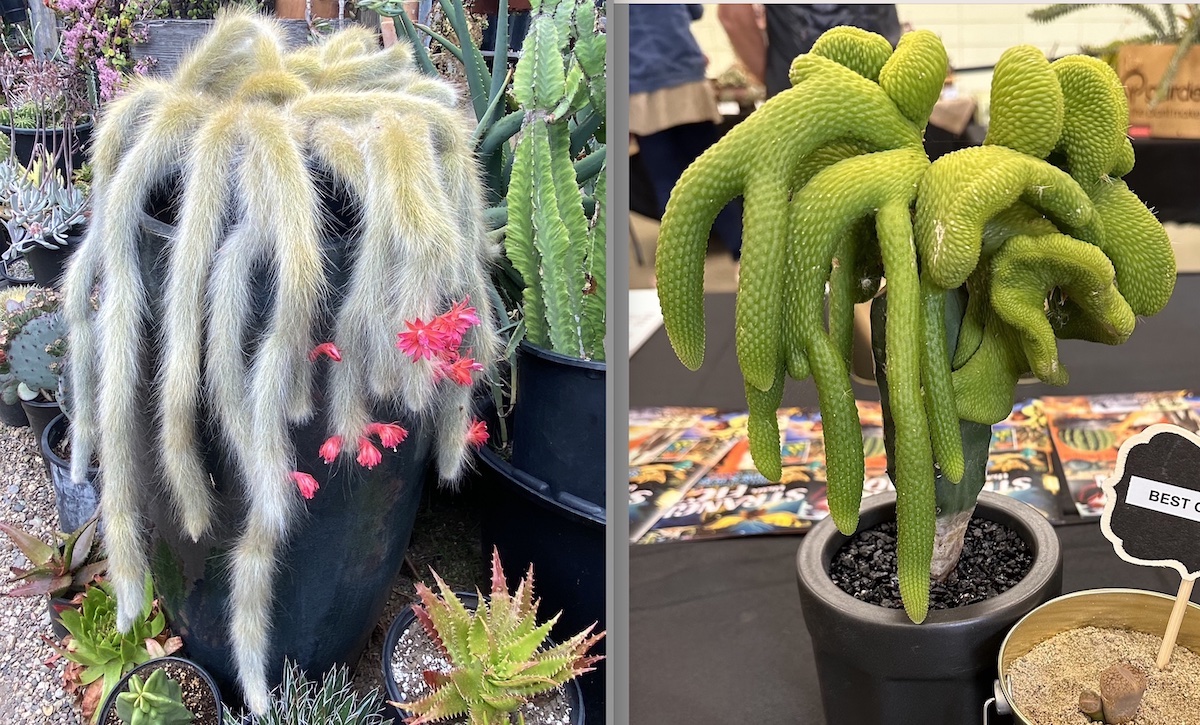
Cleistocactus (Hildewintera) winteri ssp colademonois (monkey tail) & crest. Left: Solana Succulents. Right: Collection of Ernesto Sandoval
As you browse the Gallery, you may think, "No way!" Well, that's what I thought at first, too. I've researched each one thoroughly, and am confident my IDs are correct. However, as always, I welcome your comments and corrections. If you find an error---here or elsewhere on my site---do LMK in the Comments.
Btw, there are still crests in my files that I've yet to ID. As I track them down, I'll add them to the Gallery. It's a fun, if sometimes frustrating, pursuit, but I do love the ah-ha! moment of nailing one.
Do let us know in the Comments your own experiences with crested and monstrose succulents.
And if you're eager to own one or more, do check the Resources on this site for Southern CA nurseries, or contact mail-order growers Mountain Crest Gardens, Altman Plants and Rojas Succulents
Gallery: Crested & Monstrose Succulents with "Normals"
Related Info on This Site
Types of Succulents from Aeonium to Zebra Plant, Photos & IDs
Debra’s Dozen Easy-Grow Succulent Plants for Beginners
Trying to make sense out of succulents? There are numerous varieties, but these are the most common succulents and those you’ll likely run across. Enjoy growing and discovering these fascinating “plants that drink responsibly!”

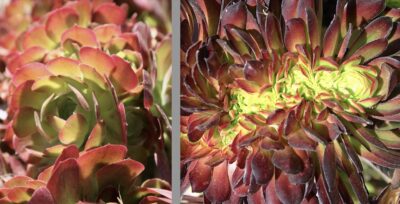

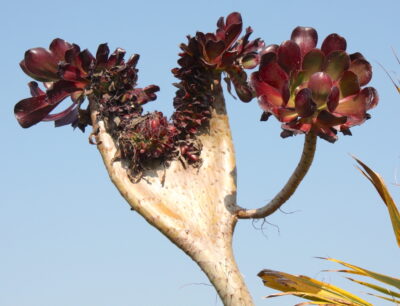
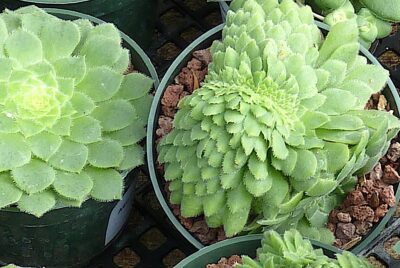

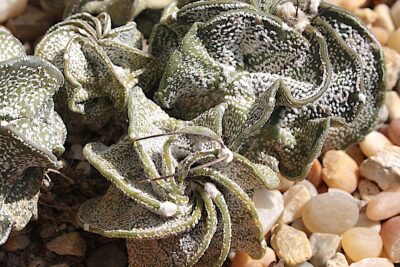

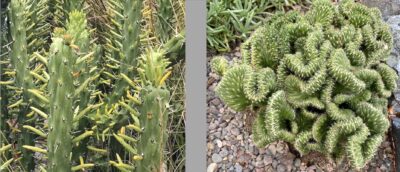
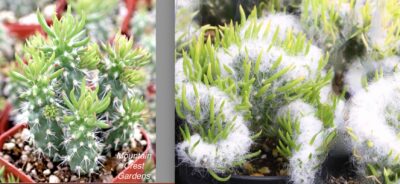
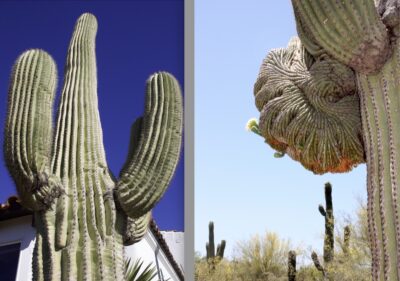
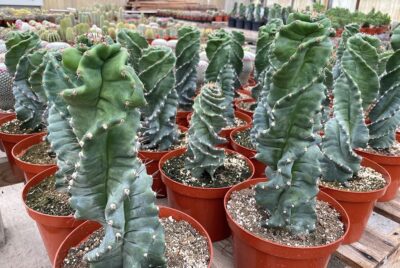
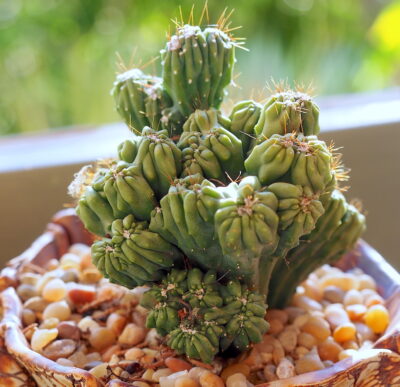
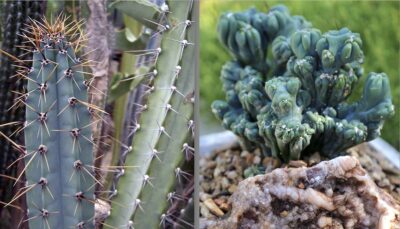
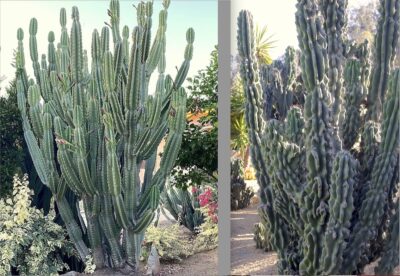
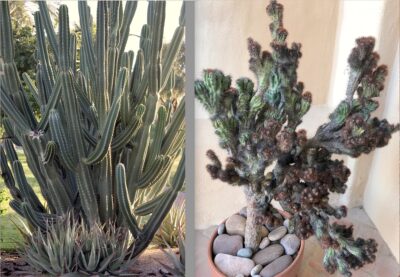

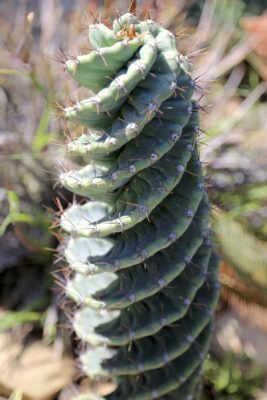
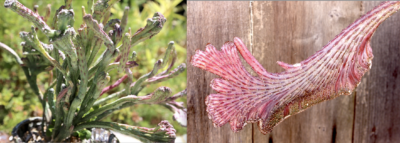
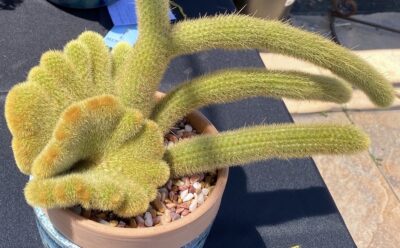
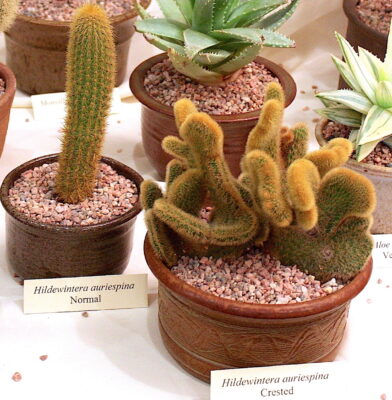
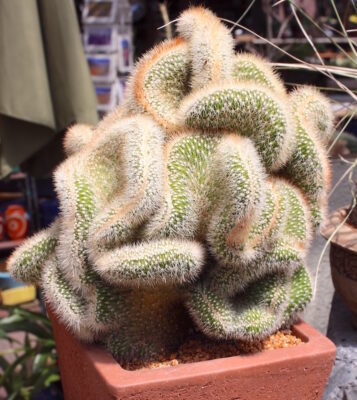
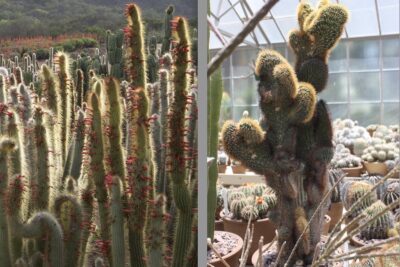
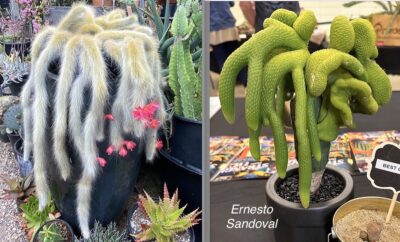
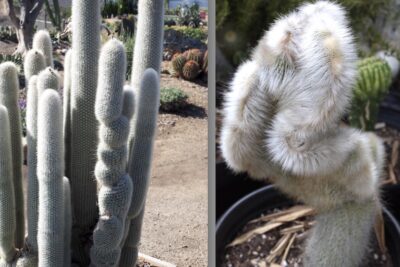
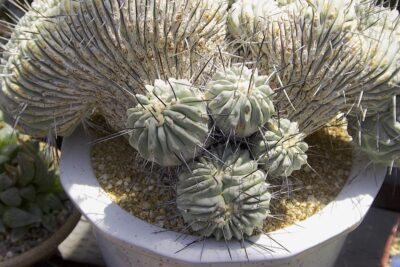
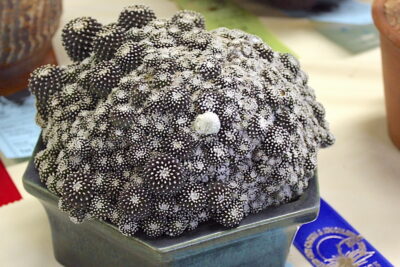
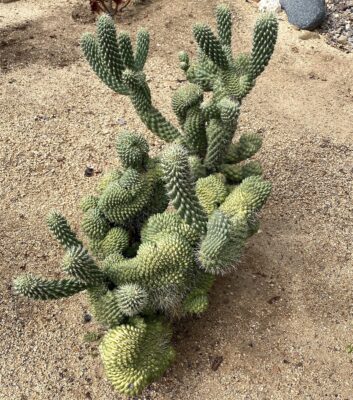
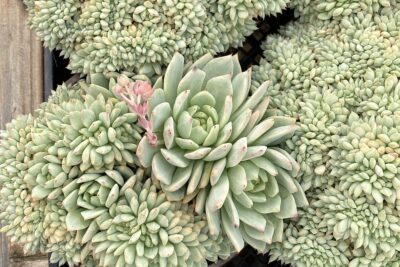

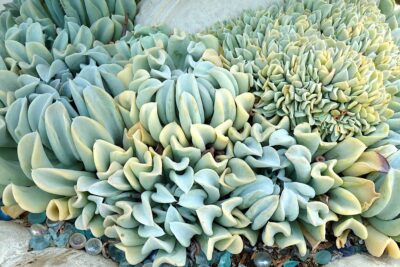
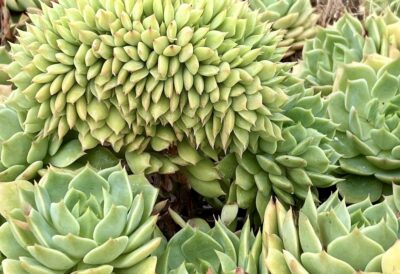
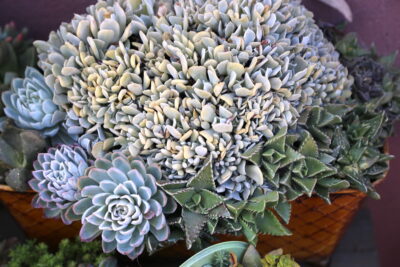

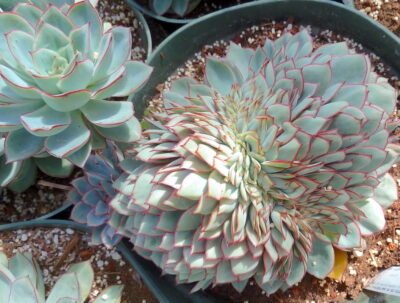


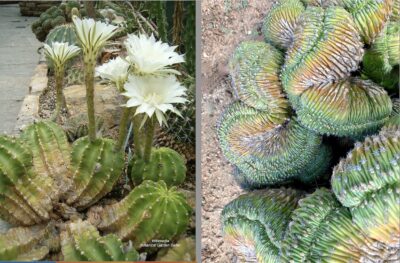
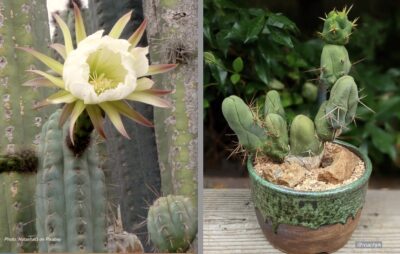
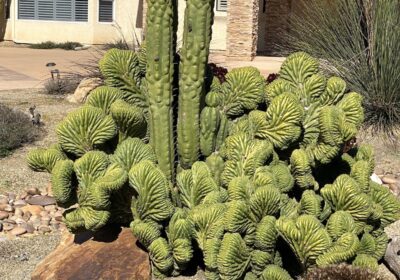
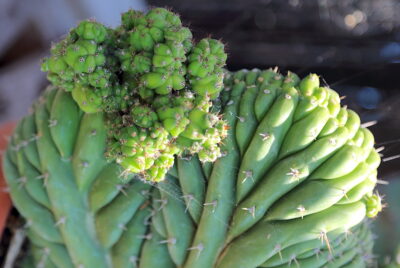
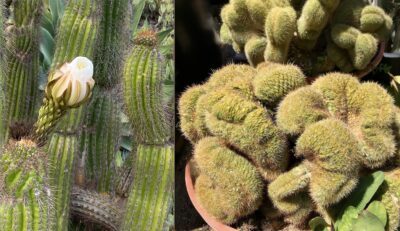
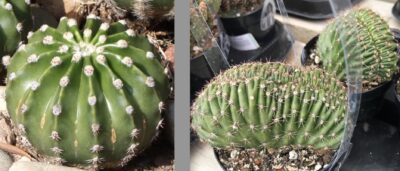

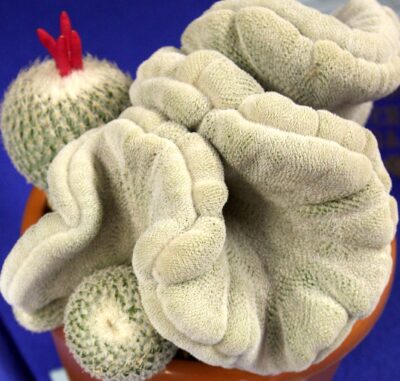
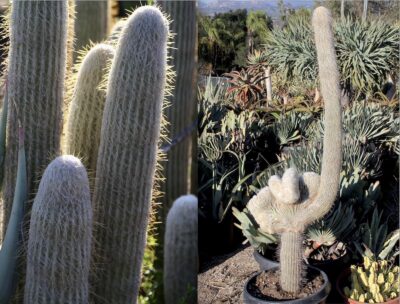
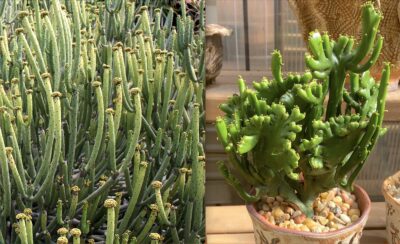
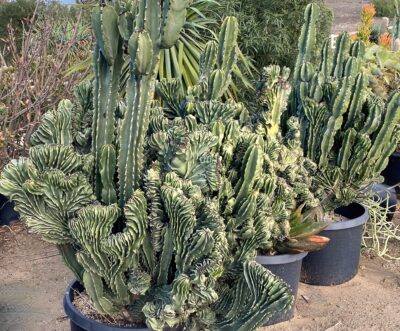
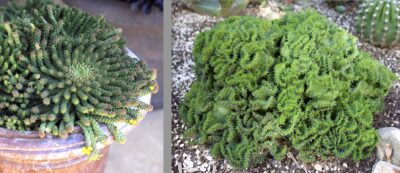

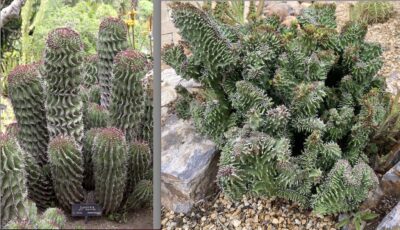


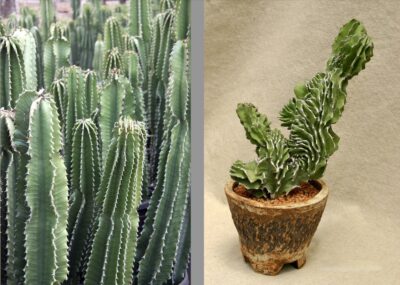


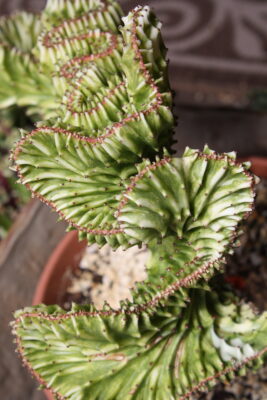

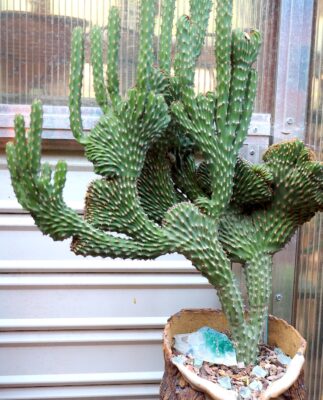
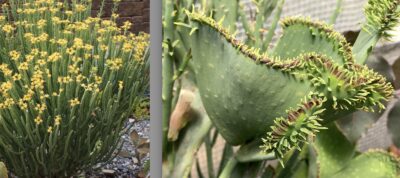
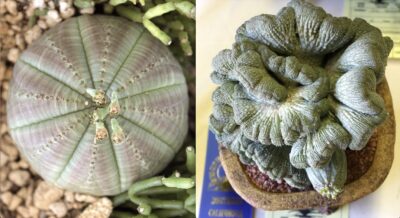
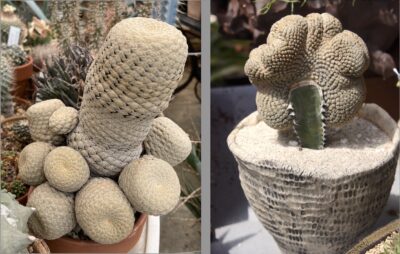

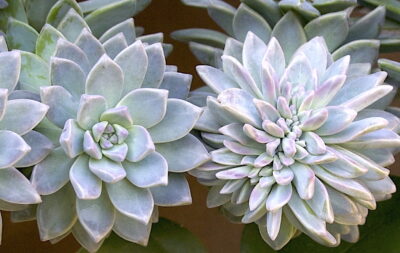
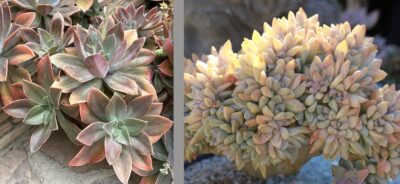

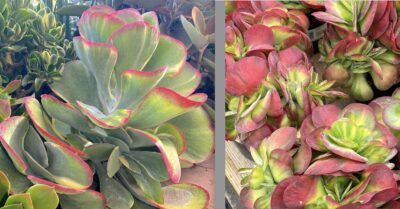
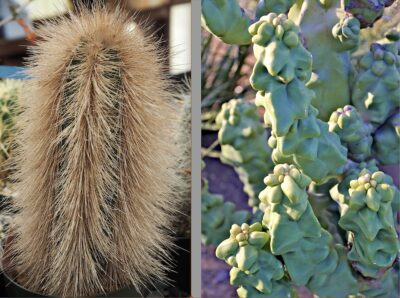

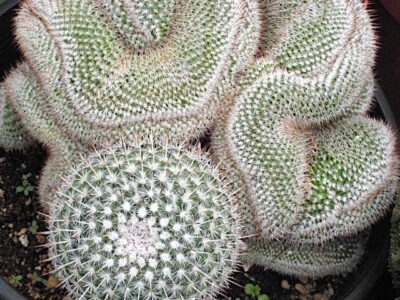


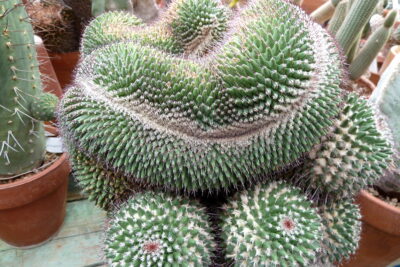
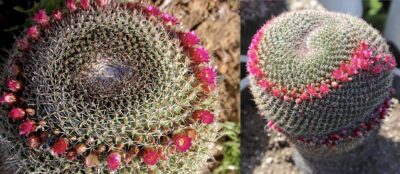
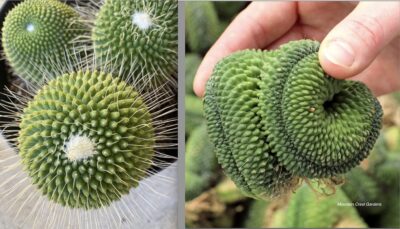

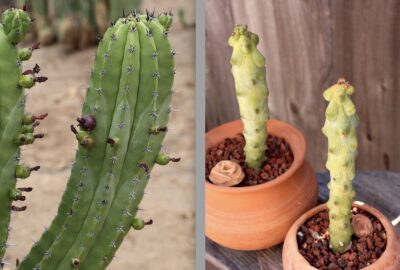

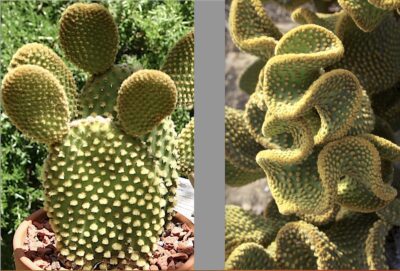
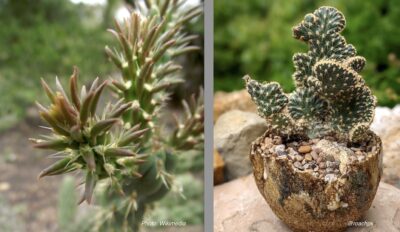
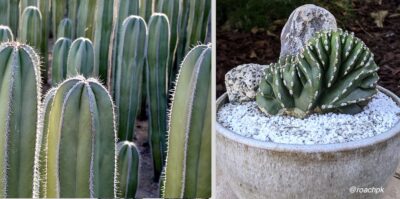
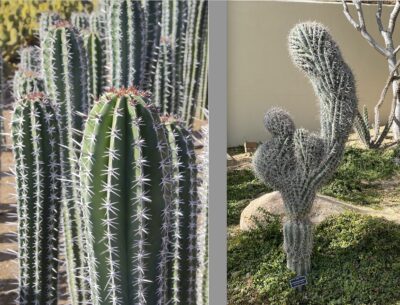

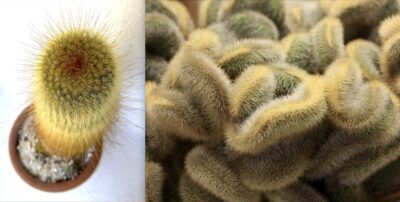
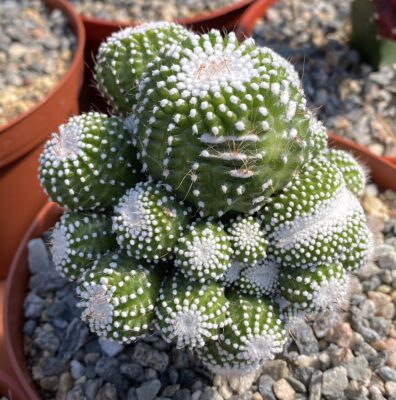
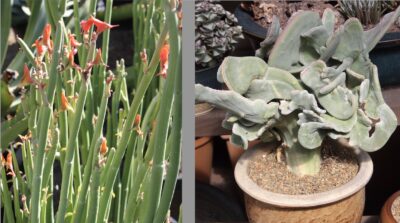
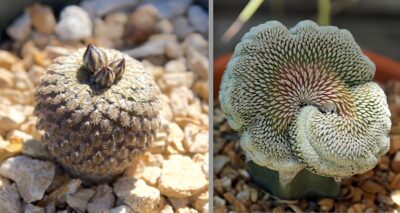
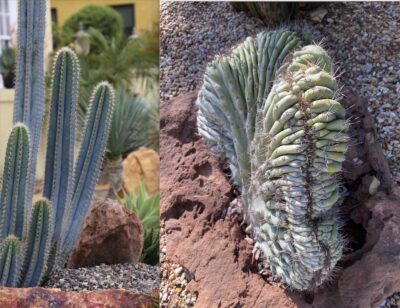


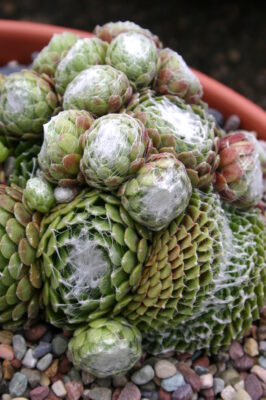

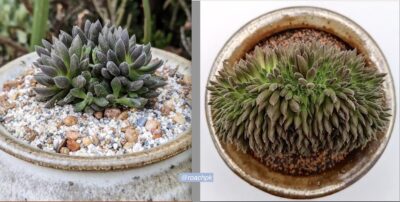


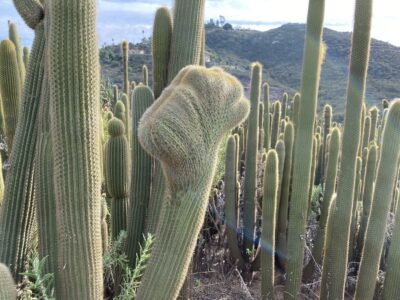
-custom_crop.jpg)